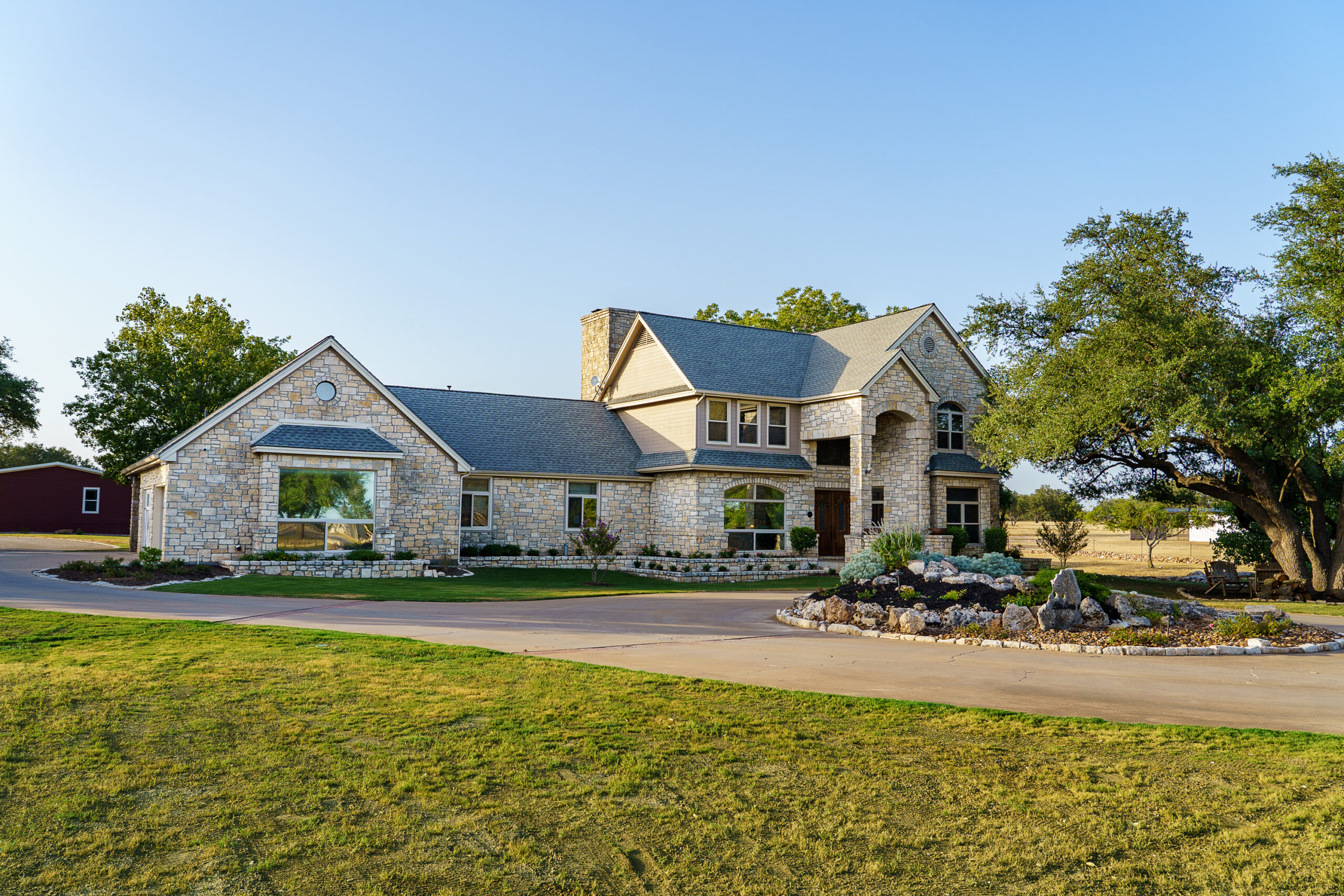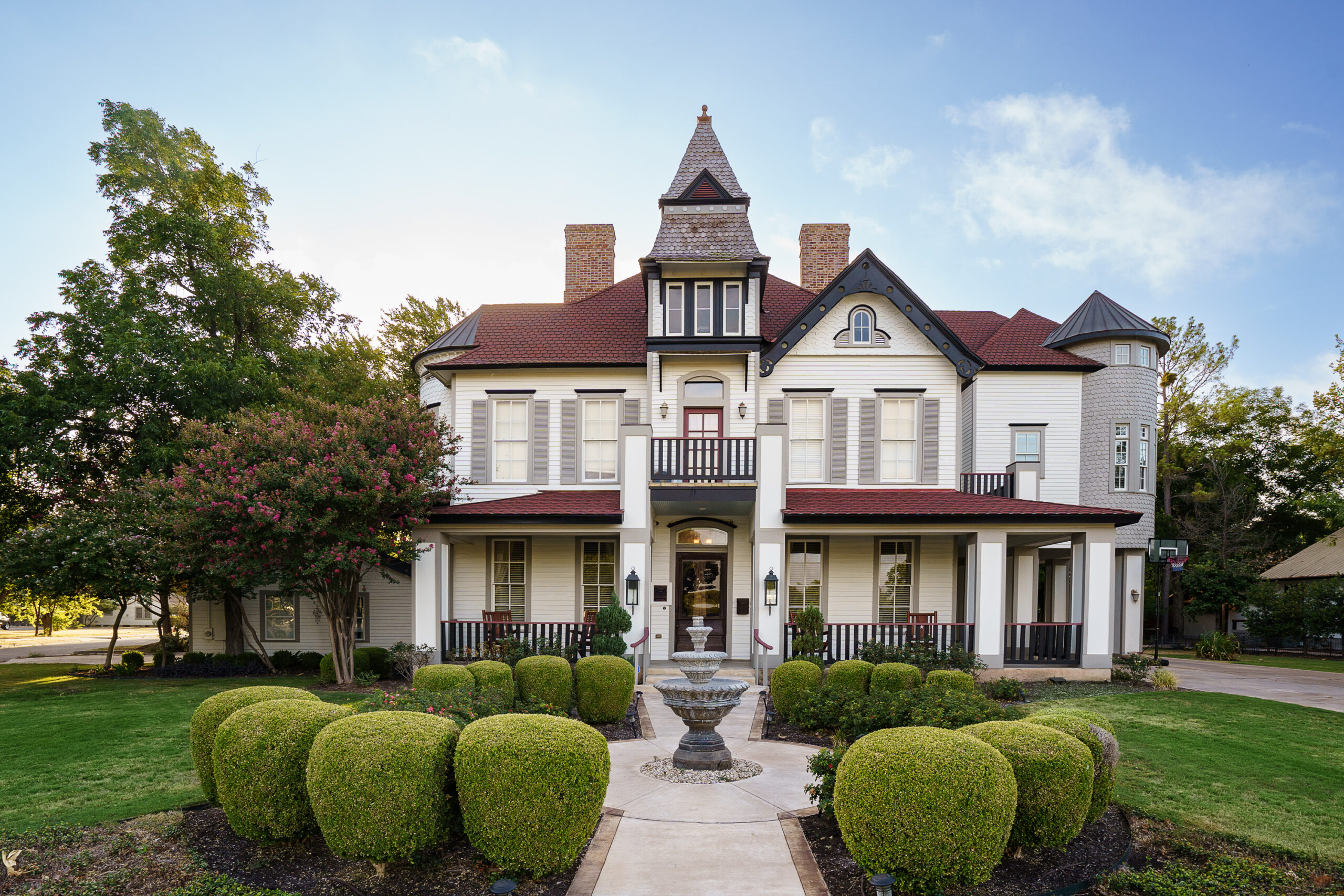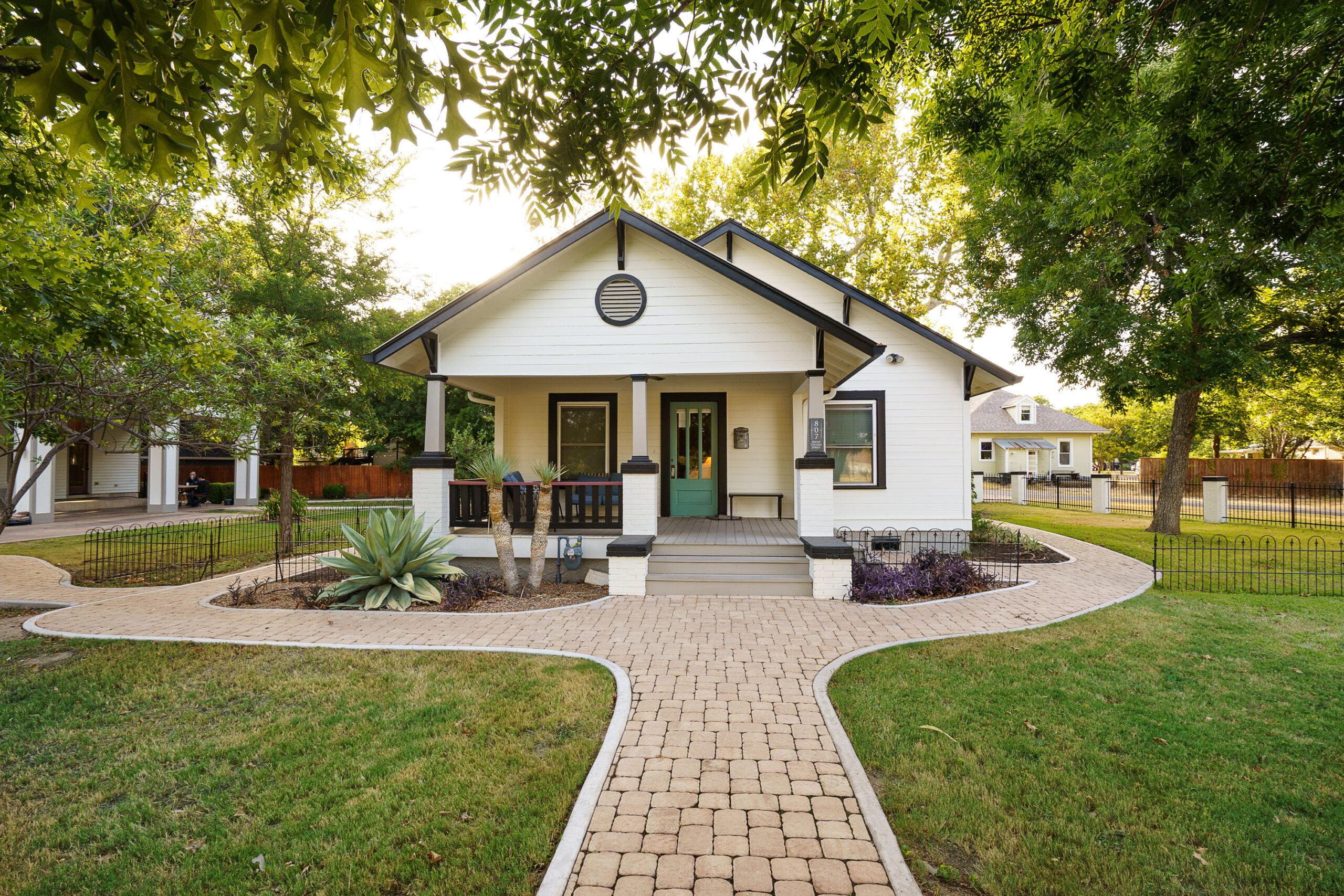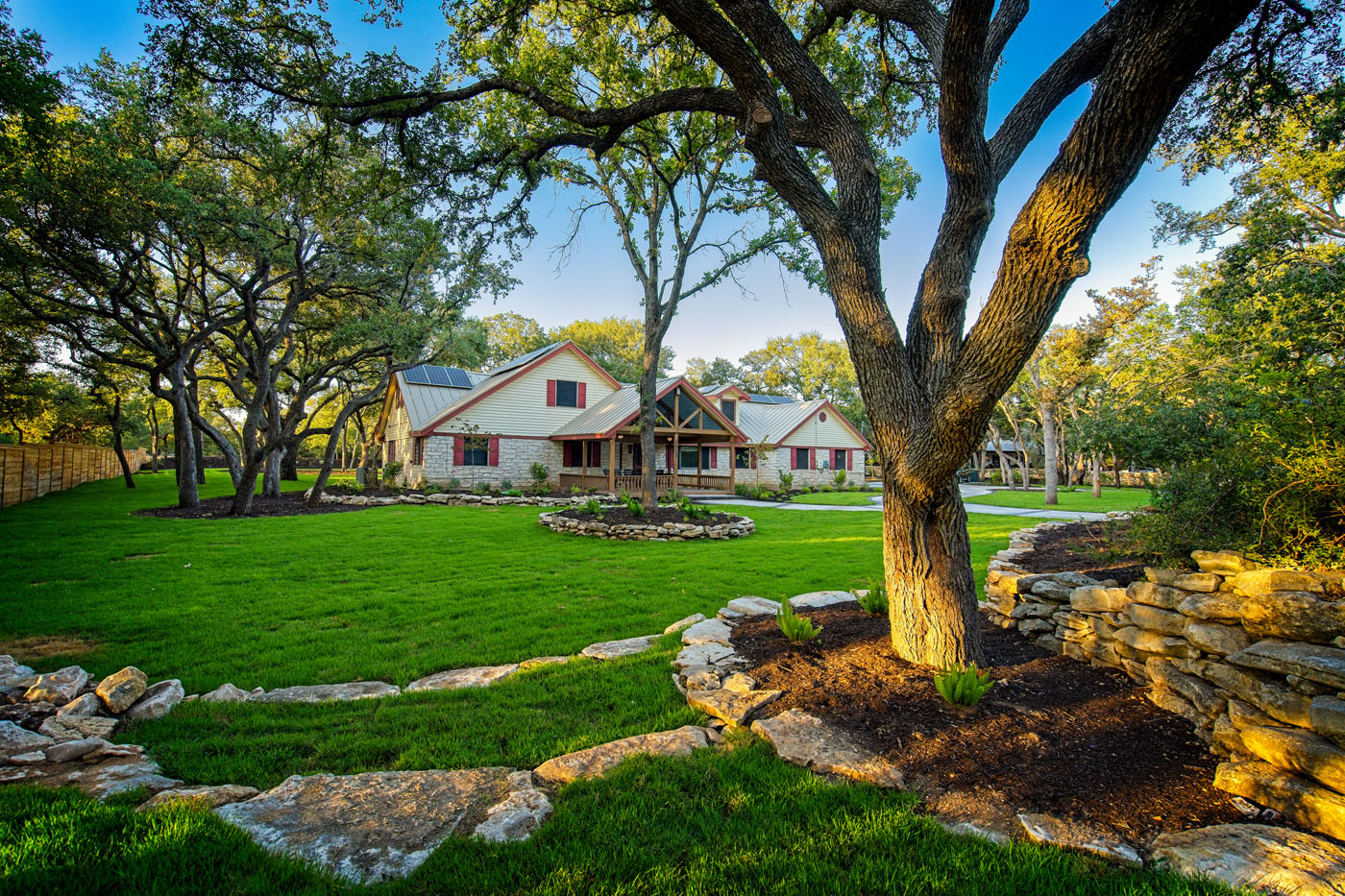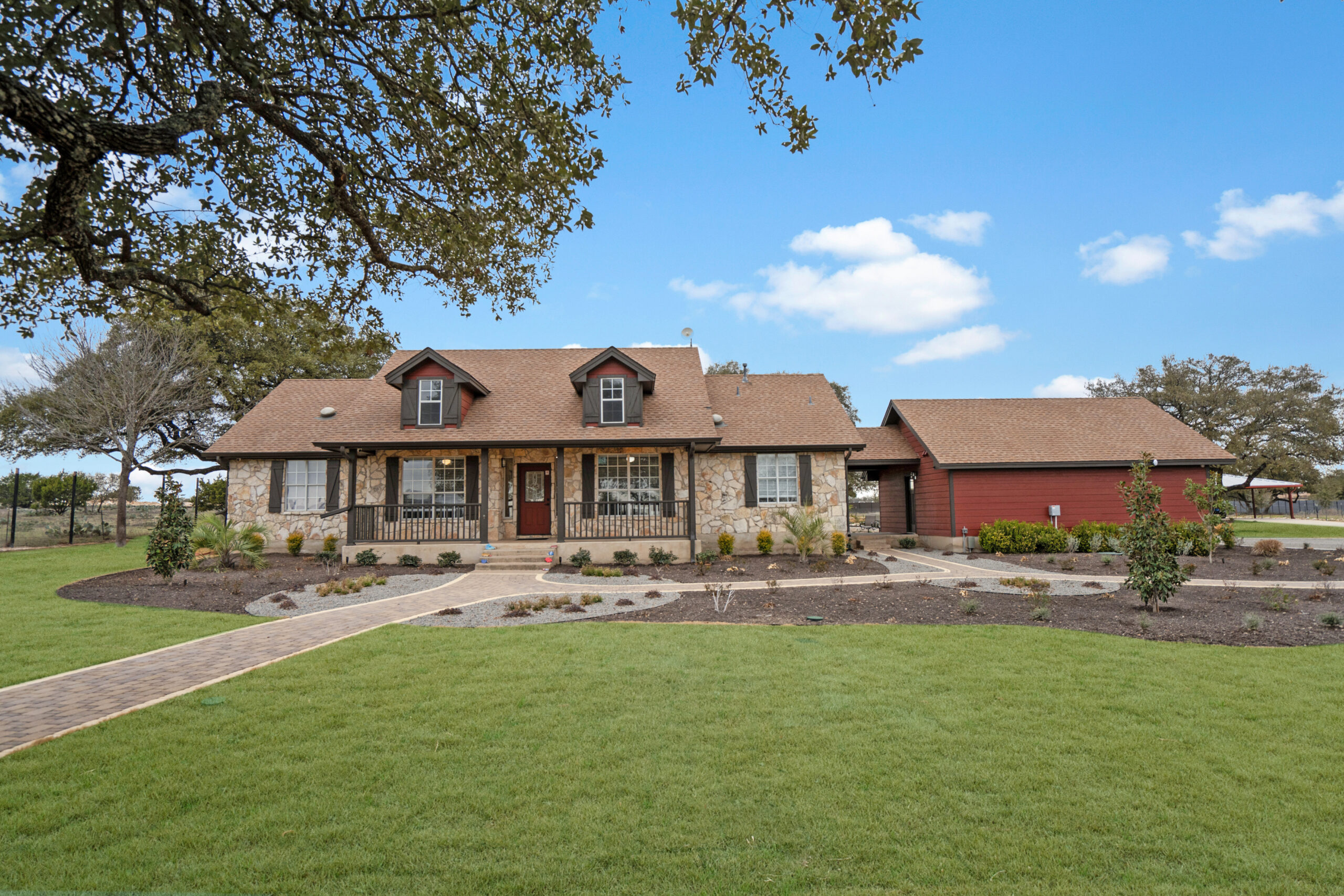Psychotherapy Options for BPD
When addressing the treatment for BPD women, psychotherapy plays a crucial role. At Alta Loma, I’ve seen firsthand the transformative impact of therapies like Dialectical Behavior Therapy (DBT) and Mentalization-Based Therapy (MBT). DBT’s unique approach helps women embrace a healthier mindset by validating their emotions and challenging destructive behaviors. MBT, on the other hand, sharpens the ability to reflect on oneself and understand others’ perspectives, which is essential for emotional regulation.
Both therapies require commitment and skilled professionals. Women often benefit from a combination of individual and group sessions, creating a supportive environment. At Alta Loma, we emphasize personalized care, tailoring therapy choices to meet individual needs, leading to more sustainable outcomes.
Alternative Therapies in BPD Treatment
Beyond traditional psychotherapy, alternative therapies provide vital avenues for healing. Art and music therapy are particularly effective at Alta Loma, where expression through creativity fosters emotional release. These therapies allow women to communicate feelings that are hard to verbalize, offering unique insights into their mental health challenges.
We incorporate activities like dance and drama into our treatment for BPD women programs, enhancing self-awareness and self-expression. Such non-traditional methods build confidence and help bridge gaps left by conventional talk therapies. They cultivate a sense of community and belonging, essential for recovery.
Moreover, engaging in these creative processes can uncover underlying issues, prompting further exploration and deeper healing in individual therapy sessions.
Are Medications Effective in BPD Treatment?
When considering treatment for BPD women, medication often emerges as a contentious topic. While no specific drugs are FDA-approved for BPD, at Alta Loma, we sometimes use medications to manage co-occurring conditions like depression or anxiety.
In my 20 years of experience, I’ve seen medications like mood stabilizers and antipsychotics help stabilize intense emotions and reduce impulsivity. However, they are not a standalone solution. Medication is most effective when combined with psychotherapy and lifestyle changes, supporting holistic recovery.
We prioritize a comprehensive assessment to determine appropriate medication needs, ensuring a tailored approach that aligns with each woman’s unique circumstances and goals.
What Qualifies as a Treatment for BPD Women Emergency?
A treatment emergency for BPD women often involves acute distress, heightened risk of self-harm, or suicidal ideation. Rapid intervention becomes essential to ensure safety and stabilization.
At Alta Loma, we maintain a 24/7 crisis response system, ensuring immediate access to professionals trained to de-escalate emergencies. In such situations, communication is key. We deploy a specific protocol:
- Initial assessment by mental health professionals to gauge the severity of the crisis
- Implementation of short-term interventions, such as temporary medication or increased therapeutic contact
- Coordinated care, involving family members and other supports, if appropriate
- Evaluation of the need for hospitalization or outpatient crisis services
This comprehensive approach ensures that women receive the specialized care they need promptly, reducing the risk of escalation.
The Role of Support Systems in Recovery
Effective treatment for BPD women hinges on robust support systems. At Alta Loma, we recognize the importance of fostering a network that extends beyond professional care. Engaging family and friends in the recovery process is instrumental.
We encourage regular family therapy sessions to improve communication and understand dynamics. This holistic approach reduces feelings of isolation and strengthens relationships, contributing to a more stable environment for recovery.
Additionally, support groups offer women a platform to share experiences and build connections with peers who face similar challenges. This empathetic community can significantly boost confidence and motivation in the healing journey.
Ultimately, the synergy between professional treatment and personal support networks optimizes the recovery process, ensuring long-lasting positive outcomes.
What Are the Most Effective Psychotherapy Options for Women with BPD?
At Alta Loma, we see remarkable transformations through psychotherapy, particularly Dialectical Behavior Therapy (DBT) and Mentalization-Based Therapy (MBT). DBT is designed to help women validate their emotions while challenging harmful behaviors, fostering healthier thought patterns. MBT, on the other hand, enhances emotional regulation by encouraging self-reflection and understanding of others’ perspectives. We’ve found that combining individual and group sessions creates a supportive and empowering environment. Imagine a woman who once felt overwhelmed by her emotions now engaging actively in group therapy, gaining insights she applies daily–it’s this kind of progress that we strive for. How might different therapeutic approaches influence the recovery process, especially for women with distinct personality traits?
How Do Alternative Therapies Complement Traditional Treatment for Women with BPD?
Alternative therapies like art and music therapy play a significant role at Alta Loma. These methods facilitate emotional expression in ways that are often inaccessible through words alone. Picture a session where a woman uses painting to articulate her internal conflicts–the act can be both revealing and cathartic. Additionally, incorporating dance or drama therapy enhances self-awareness and confidence, providing a holistic approach to healing. These creative outlets cultivate community and bolster conventional therapies, adding layers of support and understanding. What innovative methods have you observed or experienced that could further enrich traditional therapeutic practices?
How Effective Is Medication in Treating BPD Among Women, and What Are Its Limitations?
At Alta Loma, our experience suggests that while no medications are FDA-approved specifically for BPD, they can be instrumental in managing co-occurring conditions such as depression or anxiety. Mood stabilizers and antipsychotics have helped many women stabilize intense emotions. However, medication is not a standalone solution; the most successful outcomes are seen when it’s integrated with psychotherapy and lifestyle changes. We prioritize comprehensive assessments to tailor medication plans to individual needs, considering every woman’s unique circumstances. Have you considered how medication might be balanced with non-pharmaceutical approaches to enhance overall well-being?
What Constitutes an Emergency Treatment for Women with BPD, and How Is It Managed?
In emergencies involving BPD, such as acute distress or suicidal ideation, rapid intervention is crucial. At Alta Loma, we maintain a 24/7 crisis response system to provide immediate support. The protocol involves initial assessment, short-term interventions, and, if necessary, hospitalization to ensure safety and stabilization. For instance, a woman experiencing a crisis might receive temporary medication or increased therapeutic contact to de-escalate her situation. Involving support networks further strengthens these measures. How do you see the role of emergency protocols in bridging gaps between immediate support and long-term recovery?
Why Are Support Systems Vital in the Recovery Process for Women with BPD?
Support systems are a cornerstone of recovery at Alta Loma. We encourage the involvement of family and friends through regular therapy sessions to improve communication and reduce feelings of isolation. Imagine a woman who felt misunderstood by her family now finding strength in their support, leading to improved relationships. Additionally, peer support groups offer relatable experiences that bolster self-esteem and motivation. This blend of professional treatment and personal networks creates a nurturing environment essential for sustained recovery. What impact have you observed from strong support systems in mental health recovery, and how might they be further enhanced?
What Unique Insights Can We Offer About Treating BPD Women?
Alta Loma’s comprehensive approach focuses on treating the whole person. We emphasize personalized care, integrating psychotherapy with lifestyle changes and family involvement. One of our clients, for instance, found that a blend of DBT and alternative therapies, coupled with strong family support, was transformative. This reflects our philosophy that enduring recovery requires addressing all facets of an individual’s life. By fostering emotional and psychological stability in a structured environment, clients gain the tools to lead healthy, fulfilling lives. How essential do you find a holistic treatment approach in achieving lasting recovery, and what other elements could be included?
